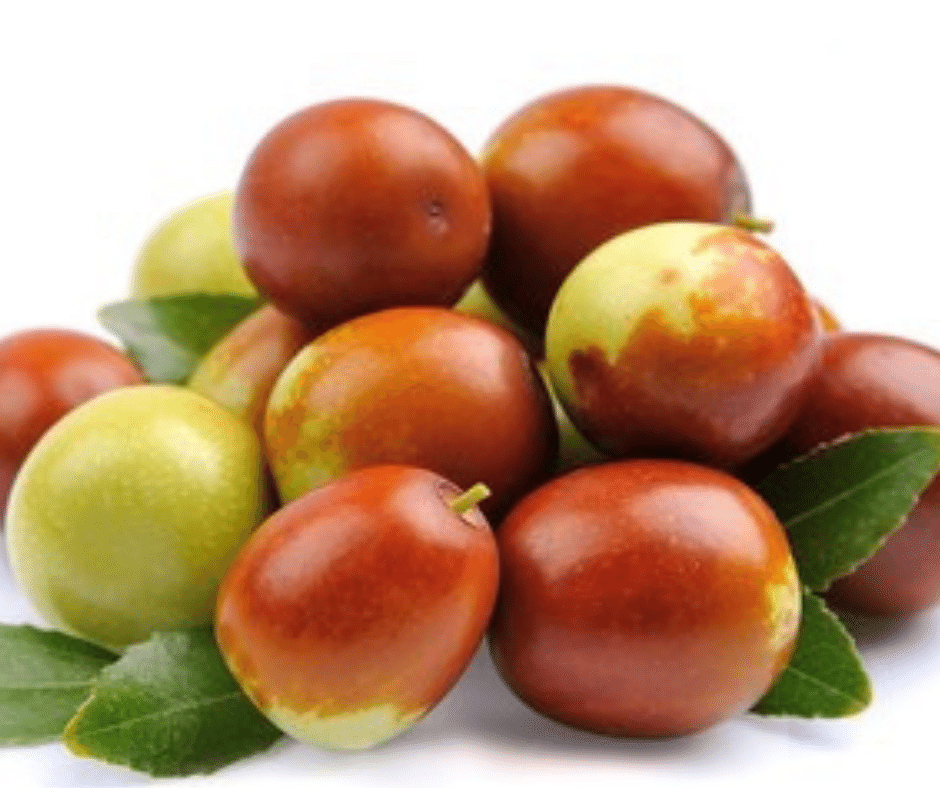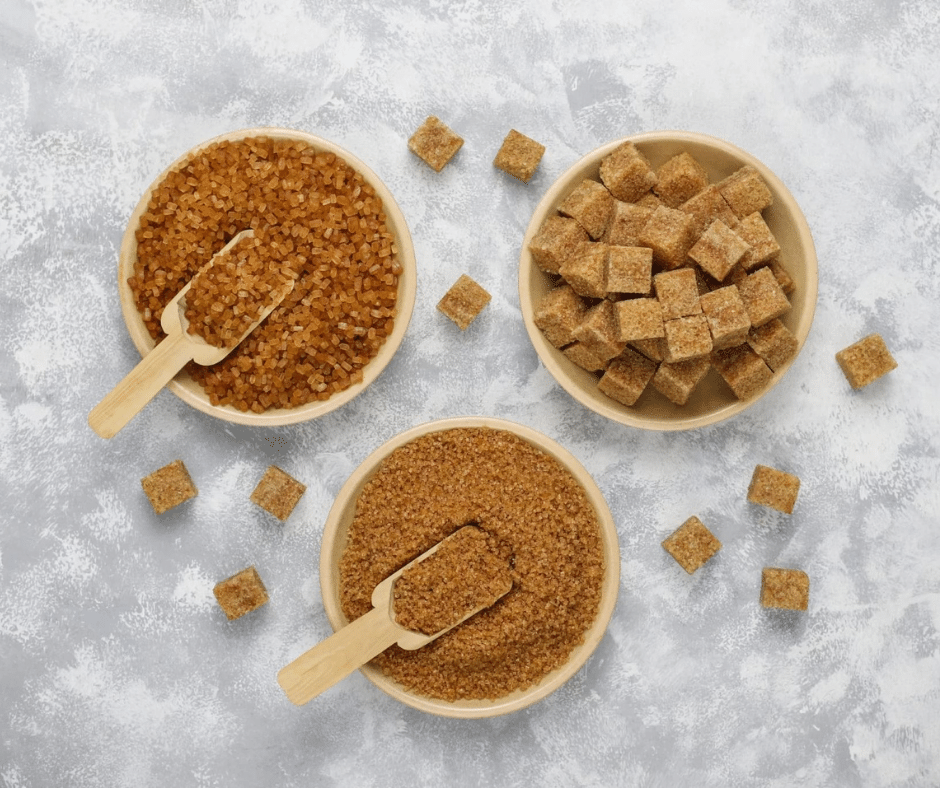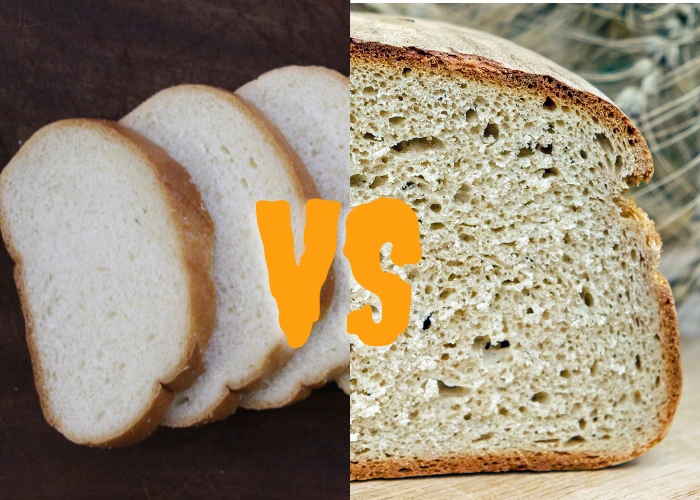You will learn about the health benefits of Ber/Jujube in this post. If you recall, jujube or ber is a sweet and tangy fruit that is frequently served at festivals. Due to its relaxing and sedative effects, ber fruit (Zizyphusjujuba) is commonly referred to an anti-sorrow fruit.
You can actually gorge on this healthy snack option to satisfy your sweet desires. We used to buy this wonderful fruit from vendors outside the school.
Helps in improving blood circulation:
These tiny fruits are filled with minerals like potassium, phosphorus, manganese, iron, and zinc. Iron helps in improving the Haemoglobin count which in turn prevents anemia
Health Benefits of Ber / Jujube in providing glowing skin:
These tiny fruits are filled with minerals like potassium, phosphorus, manganese, iron, and zinc. Iron helps in improving the Haemoglobin count which in turn prevents anemia
Health Benefits of Ber / Jujube is Good for your tummy:
Jujubes are an excellent source of energy since they are high in fibre and carbohydrates, which helps to improve your metabolism and keep you going throughout the day. It has concentrated minerals and vitamins, making it extremely nutritious.
It helps you sleep better:
In the past, jujube was used to treat sleeplessness. The whole fruit, including the seeds, is high in antioxidants that are thought to have sedative properties. This fruit aids in sleep induction by soothing nerves and alleviating anxiousness..
Ber is a medicine for constipation:
It increases the water content of the face as well as the cecum’s short-chain fatty acid concentration. Jujube’s high fibre content aids digestion and regulates bowel movements.
Nutrition value of 1 Raw Jujube-
Energy: 22 Kcal
Carbohydrates: 5.66 g
Protein: 0.34g
Fat: 0.06 g
Vitamin A: 11.12 IU
Vitamin C: 19.3 mg
Calcium: 6 mg
Iron: 0.13 mg





